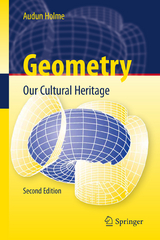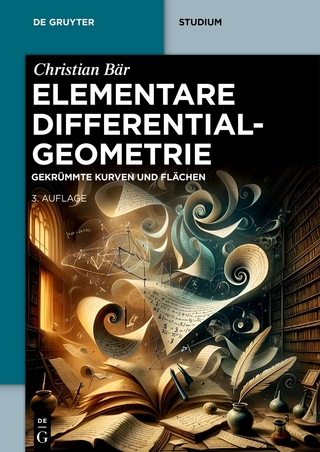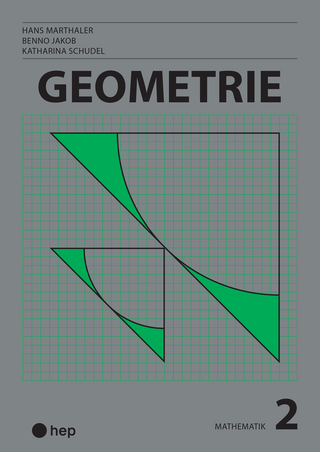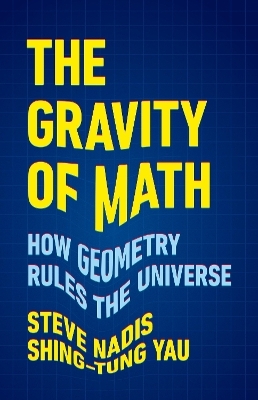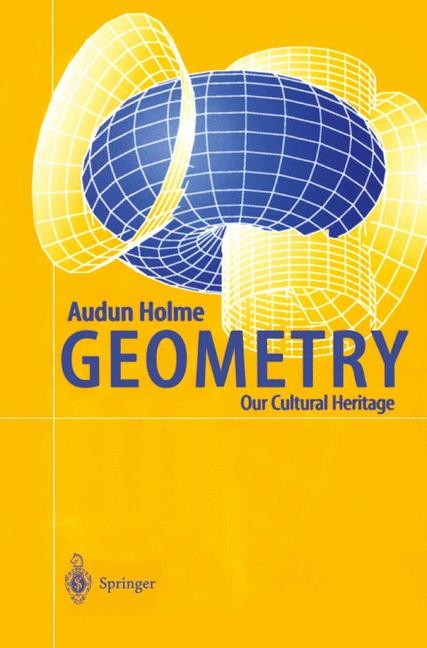
Geometry
Springer Berlin (Verlag)
978-3-642-07546-9 (ISBN)
- Titel erscheint in neuer Auflage
- Artikel merken
Part I. A Cultural Heritage: Chapter 1. Early Beginnings 1.1 Prehistory 1.2 Geometry in the New Stone Age 1.3 Early Mathematics and Ethnomathematics Chapter 2. The Great River Civilizations 2.1 Civilizations long dead -- and yet alive 2.2 Birth of Geometry as we know it 2.3 Geometry in the Land of the Pharaoh 2.4 Babylonian Geometry Chapter 3. Greek and Hellenic Geometry 3.1 Early Greek Geometry. Thales of Miletus 3.2 The story of Pythagoras and the Pythagoreans 3.3 The Geometry of the Pythagoreans 3.4 The Discovery of Irrational Numbers 3.5 Origin of the Classical Problems 3.6 Constructions by Compass and Straightedge 3.7 Squaring the Circle 3.8 Doubling the Cube 3.9 Trisecting any Angle 3.10 Plato and the Platonic Solids 3.11 Archytas and the Doubling of the Cube Chapter 4. Geometry in the Hellenistic Era 4.1 Euclid and Euclids Elements 4.2 The Books of Euclids Elements 4.3 The Roman Empire 4.4 Archimedes 4.5 Erathostenes and the Duplication of the Cube 4.6 Nicomedes and his Conchoid 4.7 Apollonius and the Conic Sections 4.8 Caesar and the End of the Republic in Rome 4.9 The Murder of Hypatia 4.10 The Decline and Fall of the Roman Empire Chapter 5. The Geometry of Yesterday and Today 5.1 The Dark Middle Ages 5.2 Geometry Reawakening: A new Dawn in Europe 5.3 Elementary Geometry and Higher Geometry 5.4 Desargues and the two Pascals 5.5 Descartes and Analytic Geometry 5.6 Geometry in the 18th. Century 5.6.1 Cramers theorem 5.7 Some Features of Modern Geometry Chapter 6. Geometry and the Real World 6.1 Mathematics and Predicting Catastrophes 6.2 Catastrophe Theory 6.3 Geometric Shapes in Nature 6.4 Fractal Structures in Nature Part II. Introduction to Geometry Chapter 7. Axiomatic Geometry 7.1 The Postulates of Euclid and Hilbert's Explanation 7.2 Non-Euclidian Geometry 7.3 Logic and Intuitive Set Theory 7.4 Axioms, Axiomatic Theories and Models 7.5 General Theory of Axiomatic Systems Chapter 8. Axiomatic Projective Geometry 8.1 Plane Projective Geometry 8.2 An Unsolved Geometric Problem 8.3 The Real Projective Plane Chapter 9. Models for non-Euclidian Geometry 9.1 Three Types of Geometry 9.2 Hyperbolic Geometry 9.3 Elliptic Geometry 9.4 Euclidian and non-Euclidian Geometry in Space 9.5 Riemannian Geometry Chapter 10. Making Things Precise 10.1 Relations and Their Uses 10.2 Identification of Points 10.3 Our Number System 10.3.1 The integers 10.3.2 The rational numbers 10.3.3 The real numbers 10.3.4 The complex numbers Chapter 11. Projective Space 11.1 Coordinates in the Projective Plane 11.2 Projective n-Space 11.3 Affine and Projective Coordinate Systems Chapter 12. Geometry in the Affine and the Projective plane 12.1 The Theorem of Desargues 12.2 Duality for the projective plane 12.3 Naive Definition and First Examples of Affine Plane Curves 12.4 Straight Lines 12.5 Conic Sections in the Affine plane 12.6 Constructing Points on Conic Sections by Compass and Straightedge 12.7 Further Properties of Conic Sections 12.8 Conic Sections in the Projective Plane 12.9 The Theorems of Pappus and Pascal Chapter 13. Algebraic Curves of Higher Degrees in the Affine Plane 13.1 The Cubical Curves in the affine plane 13.1.1 Cubical parabolas 13.1.2 Semi cubical parabolas 13.1.3 Degenerate curves and degeneration of a family of curves 13.1.4 Folium of Descartes 13.1.5 Elliptic curves 13.1.6 Trisectrix of MacLaurin and the Clover leaf curve 13.2 Curves of Degree Higher than Three 13.3 Affine Algebraic Curves 13.4 Singularities and Multiplicities 13.5 Tangency Chapter 14. Higher Geometry in the Projective plane 14.1 Projective Curves 14.2 Projective Closure and Affine Restriction 14.3 Smooth and Singular Points on Affine and Projective Curves 14.4 The Tangent of a Projective Curve 14.5 Projective Equivalence 14.6 Asymptotes 14.7 General Conchoids 14.8 The Dual Curve 14.9 The Dual of Pappus'Theorem 14.10 Pascals Mysterium Hexagrammicum Chapter 15. Sharpening the Sword of Algebra 15.1 On Rational Polynomials 15.2 The Minimal Polynomial 15.3 T
| Sprache | englisch |
|---|---|
| Maße | 155 x 235 mm |
| Gewicht | 598 g |
| Einbandart | Paperback |
| Themenwelt | Mathematik / Informatik ► Mathematik ► Geometrie / Topologie |
| Schlagworte | Algebraic Geometry • Geometry • history of geometry • teaching mathematics |
| ISBN-10 | 3-642-07546-0 / 3642075460 |
| ISBN-13 | 978-3-642-07546-9 / 9783642075469 |
| Zustand | Neuware |
| Informationen gemäß Produktsicherheitsverordnung (GPSR) | |
| Haben Sie eine Frage zum Produkt? |
aus dem Bereich
